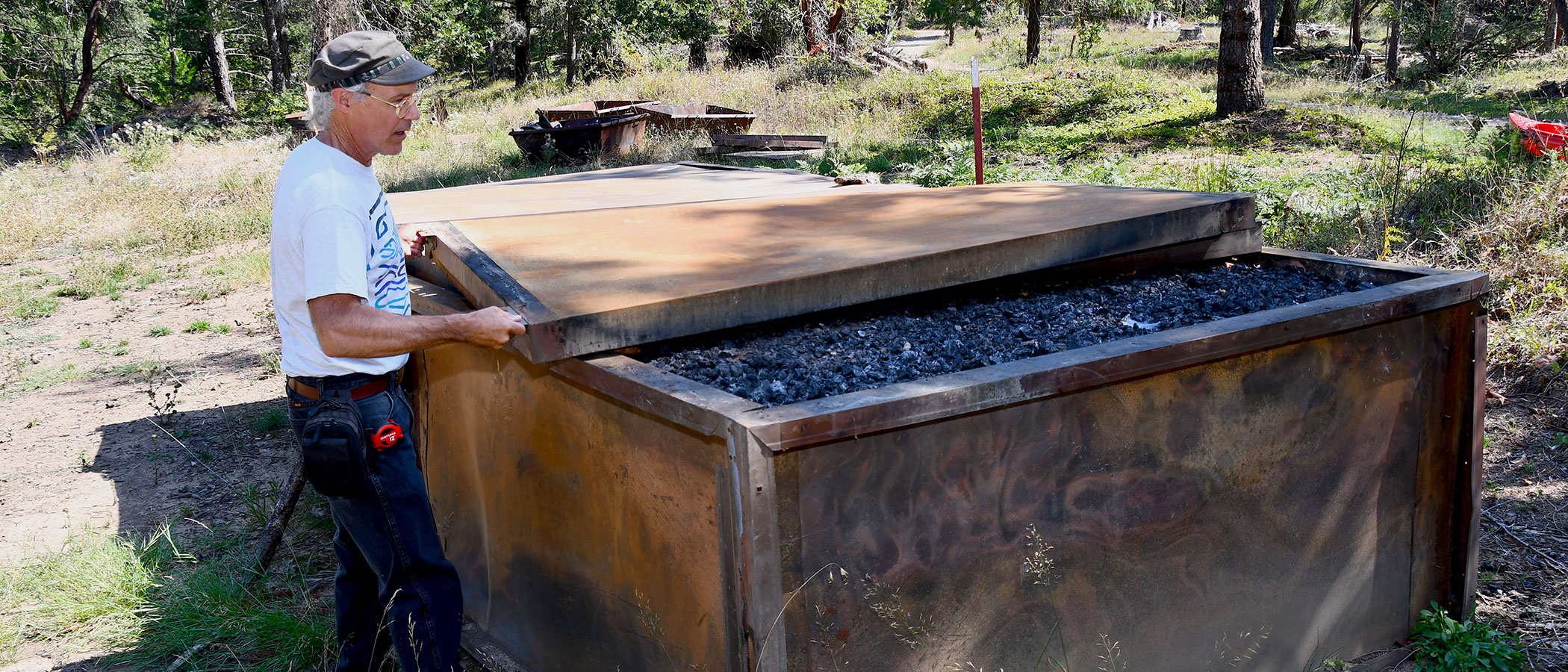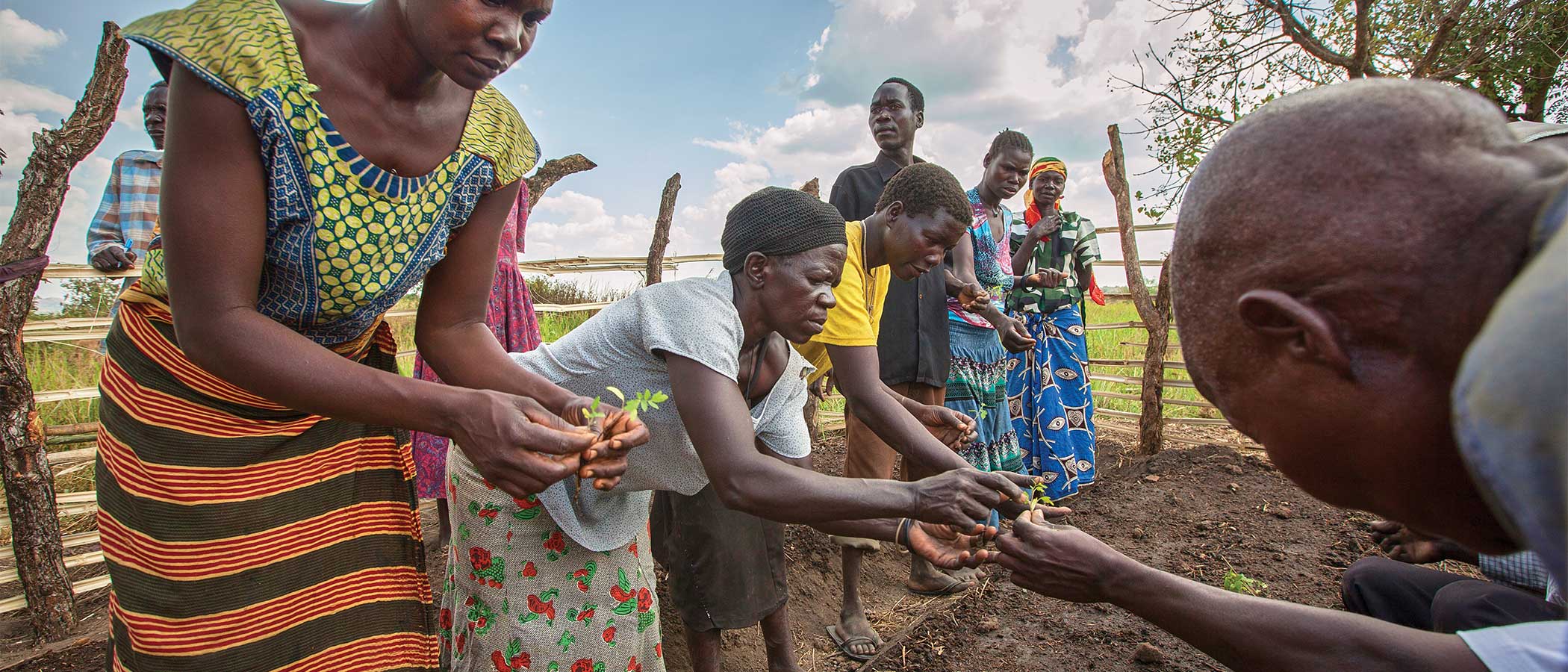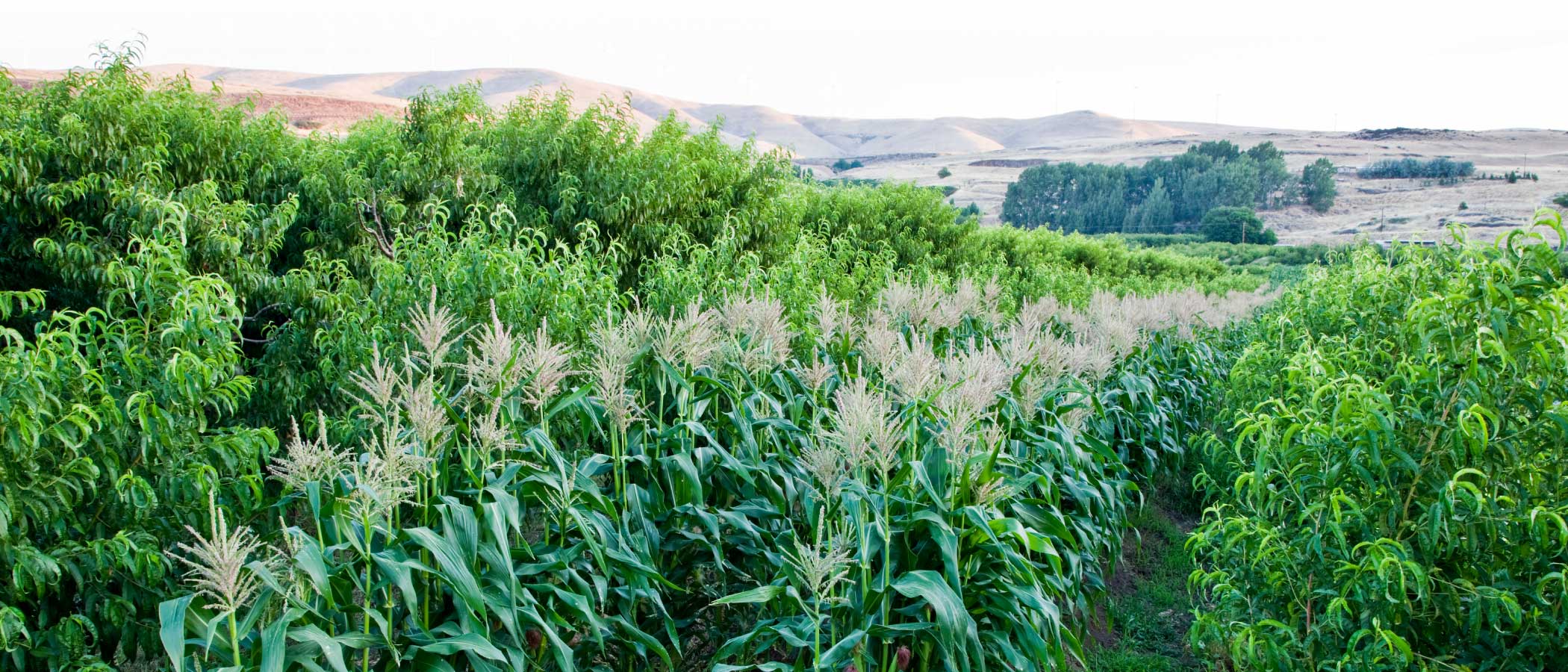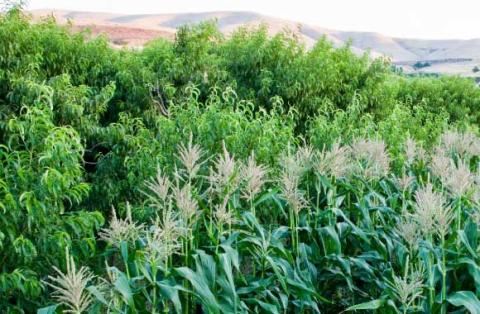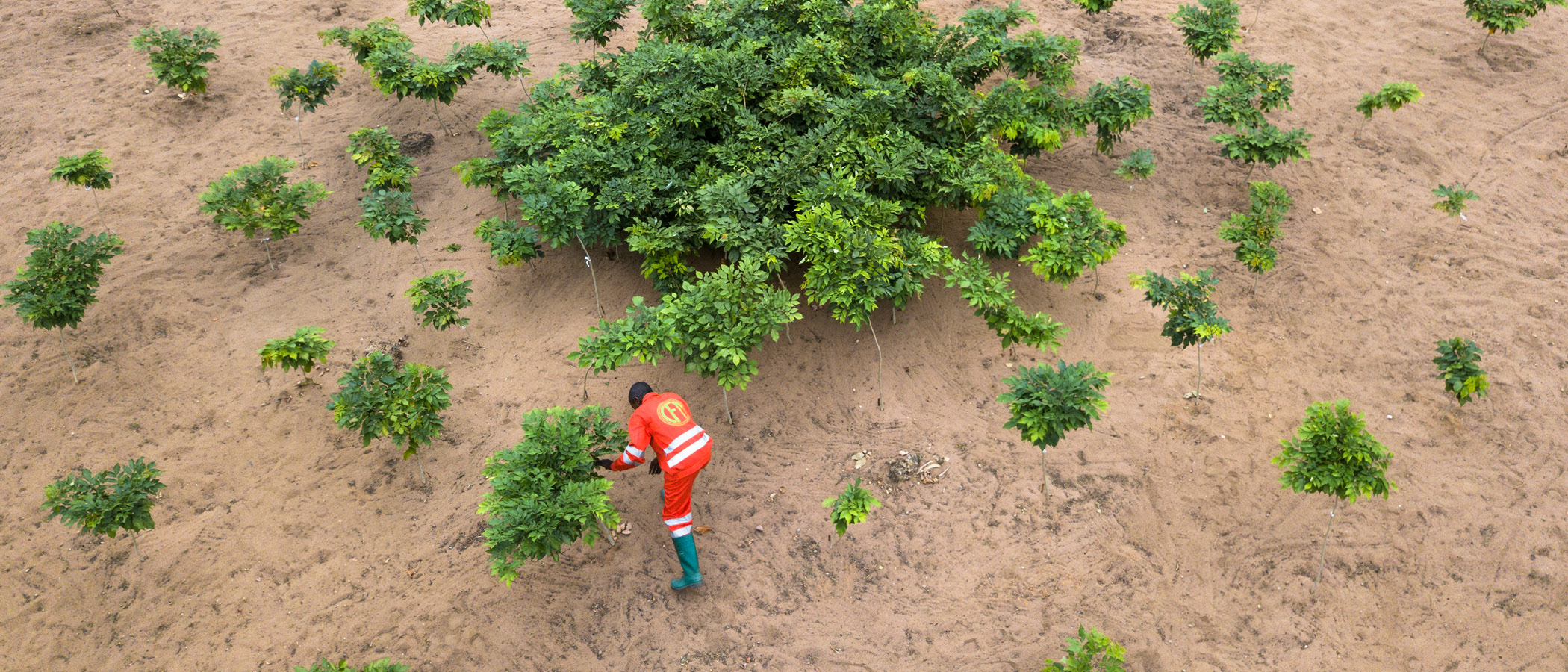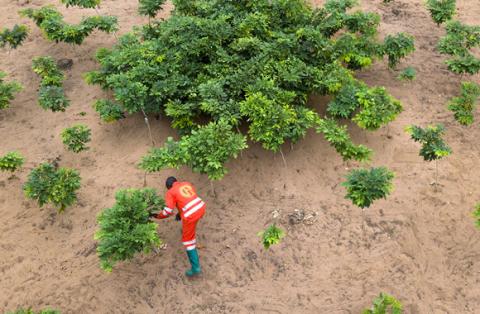If you own degraded, abandoned farmland, work with agriculture specialists to help restore its fertility and productivity.
Encourage your government to provide incentives for restoring degraded land to healthy production or habitat.
Through sequestration of carbon this solution has the added benefits of improving air and water quality, reducing risks of extreme climate events, and improving mental health.
Ecosystems can be restored to preserve biodiversity, which improves planetary health.
Addressing food security through restoring productive land can benefit nutrition and reduce obesity.
Increasing productive land is associated with increasing income and work, which can improve equity and reduce poverty.




